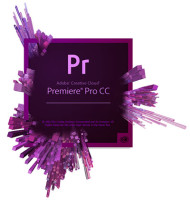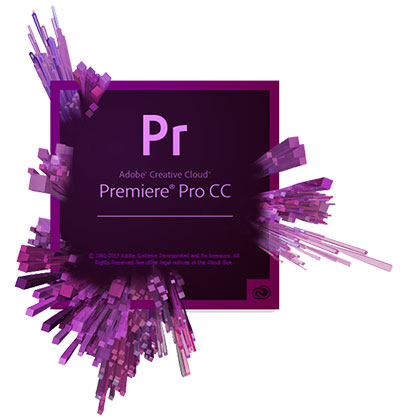One of the crown jewels of the Adobe Creative Cloud suite is Premiere Pro. If you’re just posting Vine videos from your iPhone, you won’t need a tool like Premiere Pro CC, but for those doing more advancedvideo editing Premiere Pro CC is the tool of choice.
Premiere Pro CC is a high-end, professional video editor. It would be fair to say that Adobe isn’t targeting people just stringing clips together for a family birthday montage. On the other hand, Premiere Pro is relatively simple once you get the hand of it, and even casual video editors will appreciate its power and flexibility.
Brief History of Premiere Pro
Al Mooney, senior product manager for Premiere Pro, provided a brief history of Premiere Pro for me. He explained that with Premiere Pro CS5, Adobe ripped the engine out—essentially stripping the software down to its core—and rebuilt it as a 64-bit application with more brains, and more power. The Mercury Playback Engine was introduced and Premiere Pro was prepared to handle HD and 4K video.
When Adobe developed Premiere Pro CS6, the focus changed to the user experience. Adobe removed clutter from the interface, and streamlined the functionality to match the power of the underlying engine.
With Premiere Pro CC, Adobe continued enhancing both the power and experience of Premiere Pro. The latest incarnation is capable of handling 8K video and beyond, and Premiere Pro CC can work natively with virtually any video format—so there is no need to convert or transcode media in order to edit it with Premiere Pro.
Working Against the Clock with Premiere Pro
I decided to speak with Adam Epstein, an editor for the Saturday Night Live Film Unit, to learn more about why he chose Adobe Premiere Pro, and how it helps him get his job done. The word “live” is right in the title of Saturday Night Live, but the show also prepares spoofed commercials and short films that it plays in transition to commercial breaks.
Read the full article at Forbes: Adobe Premier Pro Streamlines Video Editing.


